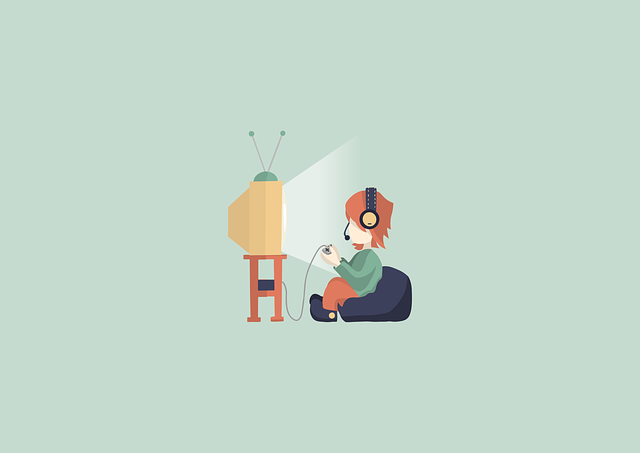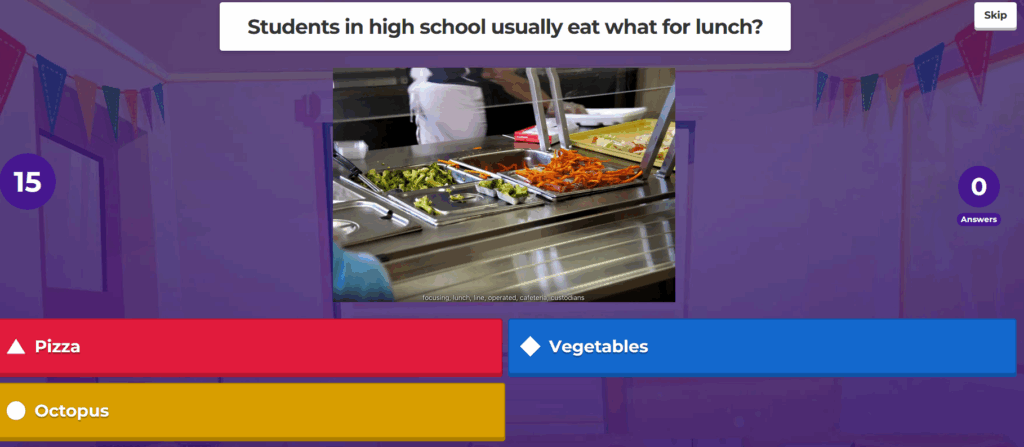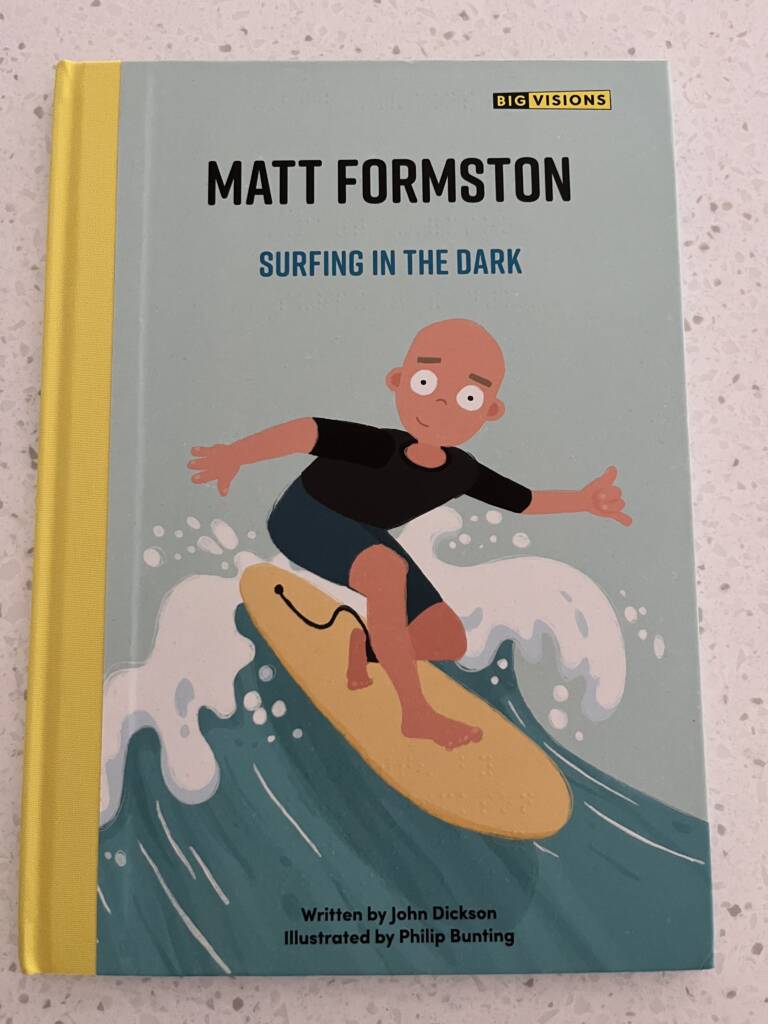In my work with students who are blind or visually impaired, one challenge I’m always exploring is how to bridge gaps in access to the social and recreational opportunities that many of their peers enjoy. One of those spaces is video gaming—an increasingly important way teens and preteens connect, relax, and play. This year I began exploring how to trial some of these tools with my students. I was never a big gamer growing up, but I started to look into this topic after having more and more students become interested in gaming and hearing about the rise of professional blind gamers. I haven’t had any goals relating to video games, but it’s a topic we can talk about at the end of a lesson as a reward and I have been able to connect a few students after school hours to chat virtually about hobbies and games they play.
Why audio games?
For students who rely heavily on auditory information to access their school curriculum, the idea of auditory-based video games just makes sense. I’ve also found out that video game companies are investing a lot of time and research into improving the “haptic experience” of their games for all their users, which involves not only better sound cues but vibrations to enhance the game’s immersive experience. There are quite a few games that rely on sound cues and spatial audio instead of visuals. The trick is finding one that your student is interested in and willing to practice. I was especially interested in games that were free and available on multiple platforms, such as iPads, iPhones, and laptops, to make them easier to try without additional costs. I’ve listed a few below that I tried out, but there are a lot more out there, especially if you are willing to pay for the games.
Student reactions and observations
Unsurprisingly, my students who already enjoyed video games loved learning about more
games! Their motivation and curiosity helped us dive in and they taught me how quickly games can be picked up for the experienced gamer. For my students who didn’t have much gaming experience or weren’t interested to begin with, the idea didn’t always catch on as easily. However, even for them, learning that accessible games exist opened new doors. Some had never realized there were ways to play without vision, and simply becoming aware of these options was meaningful. There are definitely games that are a fun way to improve a student’s tech skills (i.e. learning the keyboard or iPad swipes).
One thing I appreciated learning about this year is the visually impaired representation that exists in the gaming world. Little did I know (because I don’t follow any gamers), but there are
blind gamers out there doing incredible thing
Gamers who are blind
- BlindWarriorSven, who competes at high levels in Street Fighter tournaments
- Rattlehead (Carlos Vasquez) – Mortal Kombat player and accessibility consultant. BBC interview
- TJ_THE_BLIND_GAMER – First blind master prestige in Call of Duty. Uses sound and memory to navigate. Twitch
These gamers can serve as role models and show students that accessible gaming isn’t just a niche hobby, it can be serious, social, and empowering. Finding videos of famous blind gamers and interviews is just a quick Google search away.
Getting started with trials
Before jumping into game trials with students, I get parent permission and having a conversation about what the games involve. Sharing links or brief descriptions with families is a good starting point, especially to review content appropriateness and discuss any safety considerations if the game includes social or multiplayer features.
From there, I recommend trying out the games yourself. When I played A Blind Legend on my iPad, I got a much better sense of how the spatial audio worked, what the game felt like, and where students might need support. I did recruit my own kids to help me learn how to play since, like I mentioned, I’ve never been much of a gamer myself. Whether you use your vision or not, it’s a really fun experience to play a video game auditorily. I didn’t make it as far in the game as my students did—but even playing a few levels helped me relate to their experience and be able to it compare other games.
Why this matters
This might be up for debate, but I’ve come to believe that gaming is more than just a hobby.
Video games are part of how kids today socialize and connect with others. When we provide
students who are blind or visually impaired with access to these experiences, we’re promoting
inclusion, independence, creativity, and fun. Of course, families need to feel comfortable with
the game content and any potential risks. If you are working with a student who is younger or
wouldn’t be a good fit for an action-packed game (ie A Blind Legend), you can try starting out
with something like Uno (found on the Audio Game Hub app). There are great solo games and
family-friendly options that provide a safe space to explore.
And the good news? It’s easier than you think to dip your toes in. There are free games out
there that don’t require a steep learning curve or expensive technology. It’s a low-risk, high-
reward way to explore a growing area of accessibility and engagement for our students.
Free games to try
- A Blind Legend (PC, iOS) – You play Edward Blake, a blind knight, guided by his daughter Louise. Requires headphones for directional audio.
- Q9 Action Game (PC) – You’re an alien surviving on a strange planet. Uses keyboard commands and spatial sound.
- Circus Master’s Revenge (iOS) – Mature content. Great for O&M skills. Involves turning, tapping, and swiping on the device.
- Blindfold Racer (iOS) – Navigate by listening to cues.
- Audio Game Hub app – Try many audio games on an iPad or iPhone. Can be a little glitchy at times but has lots of options.
Games to purchase
- The Veil: Shadow of the Crown – Windows, Xbox, Nintendo Switch, PS4/PS5. You’re Princess Alexandra on a journey to reclaim your kingdom. Includes a dog companion! ($20)
- A Hero’s Call – Audio RPG. Android, and Steam.
- To the Dragon Cave – Escape a tower using sound cues. ($5.99)
Resources
- AudioGames.net – Game listings, forums, reviews.
- BlindHelp.net – Technical help, tutorials, and game links.
- Itch.io – Platform for indie developers; has accessible audio games.
Happy gaming!
Note: Information about third party providers, products, and services does not constitute an endorsement or recommendation by Perkins School for the Blind. It is the user’s responsibility to verify and investigate providers, products, and services. References to or information regarding commercial products, information, services, manufacturer, or company do not constitute endorsement or recommendation by Perkins.




